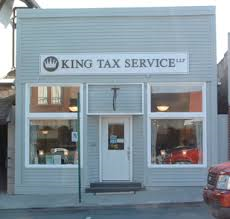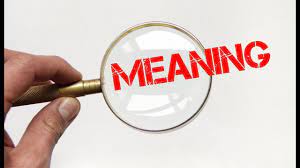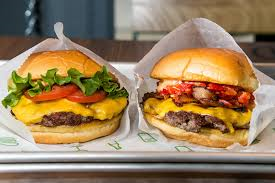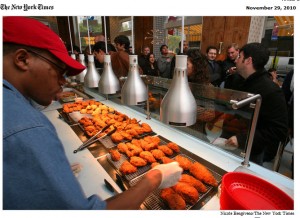New Age Agency Searches.
I have been going through an agency search with one of my clients. It has been quite a learning curve. It has been a while since I pitched a piece of business as an agency. I mean a while in like dog years. When digital advertising is part of the solution set, performance marketing and measurement is almost as important as the big idea/big show of the pitch.
Algo over personality.
Being a strategist, it’s imperative that I stay up to date with culture. And when some companies today are using 80-90% of their media budgets on search, that’s a culture change. When brand awareness can be judged in a geography by counting Google search queries of a brand name (relative to other brands), that’s a sea change.
But clicks alone are not what the marketing and advertising business is about. I deal in brand strategy. The organizing principle for product, experience and messaging. I am not the maker of generic dashboards.
A better click rate for digital ads that are off-strategy aren’t better clicks. They are more clicks. So better isn’t always better. Not if it isn’t hewing to the values that predispose and post-dispose customers to purchase your product, aka brand values.
Selling clicks isn’t selling product.
Peace!









